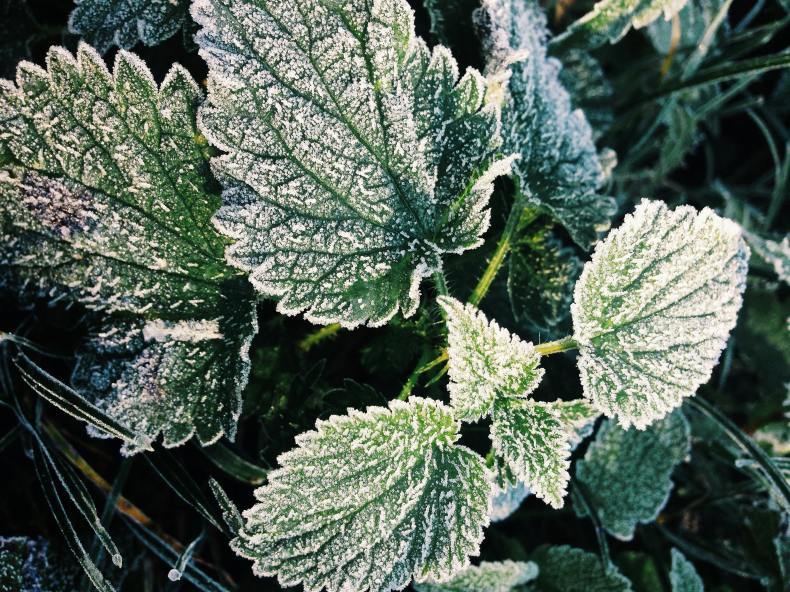Herb Garden Setup
Choose the Right Location Planning Your Herb Garden
Selecting an appropriate location is crucial for a successful herb garden. Most herbs thrive in full sunlight, requiring at least 6 to 8 hours of direct sunlight daily. If you're gardening indoors, place herbs near a south-facing window or under grow lights For outdoor gardens, consider areas with good sun exposure and well-drained soil.
Decide on Garden Type

Decide whether you want a optimal traditional garden bed, raised beds, or containers. Raised beds and containers are ideal for urban settings or areas with poor soil quality. Containers offer flexibility and can be moved to ensure sunlight and protection from harsh weather. Garden beds provide a more extensive growing area if you have a sample space.
Choose Your Herbs
Select herbs based on your culinary preferences, climate, and available space. Common choices include:
- Basil: Ideal for pasta and salads.
- Rosemary: Perfect for roasting meats and potatoes.
- Thyme: Versatile for various dishes.
- Mint: Great for teas and desserts.
- Parsley: Excellent as a garnish and in salads.
- Cilantro: Essential for many Latin and Asian dishes.
- Chives: Useful for garnishes and salads.
Consider your local climate and choose herbs that are suited to your growing conditions.
Preparing the Soil
Assess Soil Quality
Herbs generally prefer well-drained, loamy soil. If you're planting in the ground, test your soil to ensure it drains well and is not too clayey or sandy. Amend poor soil with organic matter such as compost or aged manure to improve its structure and fertility.
Soil Preparation
Prepare the soil by loosening it to a depth of about 12 inches. Mix in compost or other organic materials to enrich the soil. For container gardening, use high-quality potting soil to ensure good drainage and nutrient availability.
3. Planting Your Herbs
3.1. Choose Between Se

You can start your herb garden from seeds or seedlings. Seeds are cost-effective but require patience and careful attention. Seedlings, or young plants, provide quicker results and are easier to establish.
3.2. Planting Seeds
If starting from seeds, sow them according to the instructions on the seed packet. Most herbs need to be sown at a shallow depth and kept moist until they germinate. For indoor planting, use seed trays or pots with good drainage. Once seedlings are large enough, transplant them to their final location.
3.3. Planting Seedlings
When planting seedlings, dig holes in the prepared soil or containers, ensuring adequate spacing for each plant based on its mature size. Gently remove seedlings from their pots, place them in the holes, and fill in with soil. Water thoroughly to help the plants settle.
4. Watering and Fertilizing
4.1. Watering
Herbs generally prefer soil that is allowed to dry slightly between waterings. Water the plants when the top inch of soil feels dry. Be cautious of overwatering, especially in containers, as this can lead to root rot. Ensure that pots have drainage holes and avoid Letting plants sit in standing water.
Fertilizing
Herbs usually do not require heavy fertilization. Use a balanced, organic fertilizer or compost to provide necessary nutrients. Over-fertilizing can lead to excessive leaf growth at the expense of flavor, so apply fertilizers sparingly and according to the needs of your herbs.
5. Maintaining Your Herb Garden
5.1. Pruning and Harvesting
Regular pruning is essential to keep herbs healthy and productive. For most herbs, pinch or cut off the tips to encourage bushier growth and prevent legginess. Harvest leaves frequently to stimulate new growth and to enjoy the freshest flavors.
5.2. Pest and Disease Control
Monitor your herb garden for pests such as aphids, spider mites, and slugs. Use organic pest control methods like neem oil or insecticidal soap. Ensure good air circulation around plants to minimize fungal diseases. Remove any diseased or damaged leaves promptly.
5.3. Seasonal Care
In colder climates, many herbs are frost-sensitive and may require protection during winter. Consider bringing potted herbs indoors or using row covers to shield outdoor plants from frost. In warmer climates, herbs may grow year-round with minimal care.
Harvesting and Preserving
6.1. Harvesting
Harvest herbs in the morning after the dew has dried but before the sun is too hot. This is when the essential oils are most concentrated. Use clean, sharp scissors or pruning shears to cut leaves or stems. Avoid harvesting more than one-third of the plant at a time to ensure continued growth.
6.2. Preserving
To preserve herbs, consider drying or freezing them. To dry herbs, hang bundles in a cool, dark, and well-ventilated area. Once dried, store them in airtight containers away from light. For freezing, chop herbs and place them in ice cube trays with a little water or oil. Once frozen, transfer the cubes to a freezer bag.


